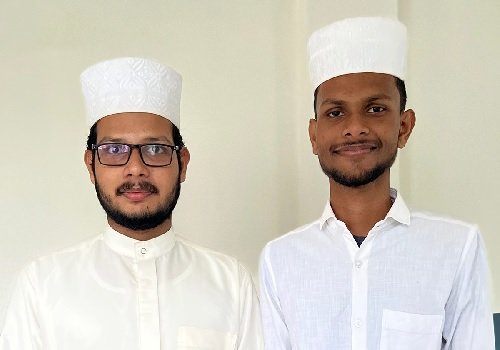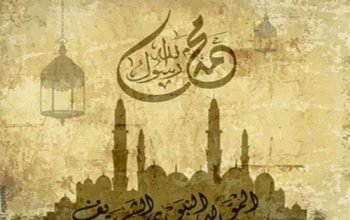By Khushbu Khan
The story of two Kerala Muslim youth becoming victorious at the state level Ramayana quiz conducted by DC Books to mark the ‘Ramayana Month’ in Kerala’s Malappuramhas once again highlighted the age old syncretic culture of India. The winners Basith and Jabir are in their fifth and final year of the eight-year Wafy programme at the KKSM Islamic and Arts College in Valanchery in the northern Kerala region. The students said that although they had grown up with the knowledge of the epic, it was only after enrolling in the Wafy course, which covers the teachings of all major faiths, that they began reading and studying the Ramayana and Hinduism in detail.
The news was astonishing for the entire nation because most of the people believe that Muslims hardly learn and possess knowledge about Hinduism or any other faith in India. This episode has proved that Indian Muslims possess significant knowledge about the epics of Ramayana and Mahabharata as these are considered essential parts of India’s cultural history and tradition. This points towards two important preliminary requisites: one of gaining education and another of respecting the syncretic culture of India. The respect and importance of the syncretic culture comes from education, and Indian Muslims have for centuries cherished the syncretic culture of India from the beginning of Islam’s interactions with other faiths in the sub-continent. It needs to be highlighted that the Indian Sufi preachers did not try to enforce any cultural change while preaching here, but rather Indianised Islam and made it a part of India’s multicultural society, and Indian Muslims continue to cherish that syncretism.
The first prerequisite that was highlighted, is the importance of education among Indian Muslims. It is not to say that Indian Muslims do not have any knowledge or information about Indian history and culture, rather it is to say that Indian Muslims’ representation in higher educational institutions like central universities and other institutions of national importance like IITs, IIITs, NITs, and IIMs is very minimal. Therefore, it is imperative to highlight that there is a need for policy interventions to increase enrolment of Indian Muslim students in these institutions. Qualified and educated Muslim youth with profound knowledge will highlight those aspects of Indian Muslim society that have not been given coverage so far. It is heart-breaking that news like Muslims winning the Ramayana Quiz competition receive less attention than issues that spread hatred and prejudices. Indian Muslims too have aspirations to grow and attain economic and social acceptance, recognition, and participation in the national process and feel proud of their culture and history.
Indian Muslims must seek opportunities to increase awareness about issues that are given less attention. It is a community-based duty to make proper arrangements for awareness of the people to prioritise education and let educated youth speak for themselves and their community. As the example of Basith and Jabir has showed us, education can bring laurels in the field of syncretic culture of India.
(The views expressed in the article are personal to the author. It has nothing to do with janlekh.com management.)




